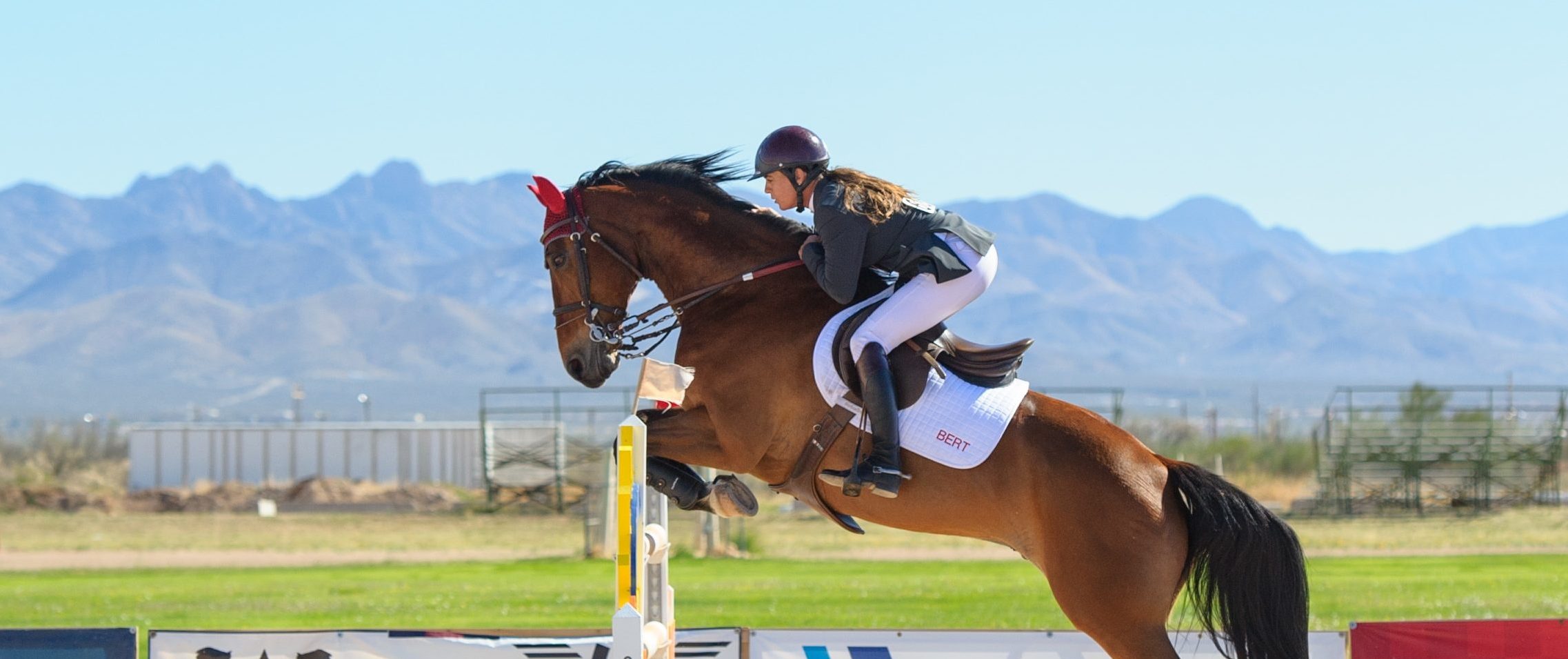A cool image for courage is horse jumping. According to an old anecdote, for a rider and her horse to jump over a fence, both had to first throw their hearts over the fence and then jump after, without knowing what’s on the other side (cf. Henry Kimsey House, Courage and the Leader in Front)
Yes, that’s what it feels like to face big changes!
That’s how I’ve felt recently when I started my coaching practice.
I had a vision. I was passionate. I was longing to become a self-employed professional Coach. I was about to be brave, follow my heart and jump. An then, just before I jumped:
Those inner voices came:
- Voice A: You’re jeopardizing your Image! What if you fail? (The Anxious)
- Voice B: You have a vision! Be brave! Quit your job and follow your heart! (The Courageous)
- Voice C: Don’t risk anything! How do you want to survive financially? (The One that panics)
- Voice D: Jump! You’ve always achieved everything you aimed for! (The Wise One)
- Voice E: You’re not good enough. There are other Coaches out there, who are much better and more experienced than you. And you think, you can live from it? (The Judge)
.. an so on …
And the anxious and limiting voices become louder and louder and finally … win.
I don’t jump.
Apparently, my passion is not enough.
I’m stuck in front of the fear barrier.
Why is that? Why am I stuck? What’s going on here?
Whenever we face a big change, we experience some kind of inner conversation, consciously or unconsciously. We hear our thoughts as voices. Some of them are supportive, others fearful and limiting (cf.Cynthia Loy Darst, Meet Your Inside Team). Most of the times, the anxious voices win as we don’t actively deal with them, understand and influence them.
We all have those anxious voices. They are often called inner critiques or Saboteurs. They tend to appear when we head into big changes or when we want to implement important new plans and projects. They are the guardians of the status quo. They come from our childhood or youth and want to protect us from danger. Oftentimes there is a spark of truth in them. However, 99 % of the fear they convey is unfounded. We are no kids anymore. We are grown-up and don’t need their protection. They hold us back from doing the things that are meaningful to us.
What are other reasons why we are stuck?
We are conditioned to caution!
Whose parents have said to their kids “Go outside and dare a lot”? , “Take big risks today!” or “Take chances!”
Usually we hear „Take care“, „Be careful“, “Don’t take any unnecessary risk“ (cf. Susan Jeffers, Feel the fear and do it anyway).
Another reason that keeps us from jumping is the „Status Quo Bias“, a psychological phenomenon. It’s the (irrational) tendency to prefer the current situation to a change. This might sound familiar: We don’t change banks even though there are much better alternatives. We don’t take interesting job offers or build or own business but instead stay in our current job in which we are unhappy. (cf. Lucius Caviola, Status Quo Bias und Reversal Test, 4.12.2012)
At the end of the day, it’s not so important why we don’t get passed the fear barrier.
The fears are present and they will stay as long as we develop and grow.
That is why we don’t need to fight against them. We can accept our fears and do the things that are important to us despite them.
We can chose to see fear as our companion.
We can chose to have a different mindset toward fear:
A mindset that sees fear not as a warning signal, a signal for withdrawl.
But a mindset that sees fear as a green light to keep going and do the important things that frighten us.
What is your attitude toward fear?
And what attitude do you want?
Do you want to develop a more courageous perspective?
Literature:
- Henry Kimsey House, Courage and the Leader in Front, Co-Active® Training Institute (CTI), 29.3.2019, https://coactive.com/blog/courage-and-the-leader-in-front/
- Lucius Caviola, Status Quo Bias und Reversal Test, 4.12.2012, https://gbs-schweiz.org/blog/status-quo-bias-und-reversal-test/
- Susan Jeffers, Feel the fear and do it anyway, 2007
- Cynthia Loy Darst, Meet Your Inside Team: How to Turn Internal Conflict into Clarity and Move Forward with Your Life, 2018
